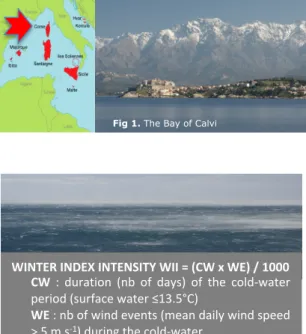Fig 4. Reconstructed catches for the demersal finfish fishery in Corsica (Le Manach et al., 2011. In : Zeller, D. and Harper, S. (eds.) Fisheries catch reconstruction. Islands, part II. Fisheries Centre Reports 19 (4). Fisheries Centre, University of British Columbia).
Fig 3. Temporal changes in diatom biomass (A) and mesozooplankton biovolume (B) in the Bay of Calvi (2006-2014)
THRESHOLDS OF PLANKTON COMMUNITY CHANGE IN A MEDITERRANEAN COASTAL AREA :
RESULTS FROM A
LONG-TERM (1979-2014) TIME SERIES
Anne GOFFART 1,*, Amandine COLLIGNON1, Pierre LEJEUNE2, Jean Henri HECQ1
1 University of Liège, Belgium 2 STARESo , Calvi, France * A.Goffart@ulg.ac.be
1. Context There is evidence for impacts of climate change on marine organisms in the Mediterranean Sea, which has been identified as a hotspot for climate change. However, the lack of information on environmental drivers and associated thresholds limits our ability to forecast possible changes in biodiversity and ecological interactions. 2. Objectives
We aimed to exploit a long-term (1979–2014) time series performed in a Mediterranean coastal area unbiased by local anthropogenic pressure (Bay of Calvi, Corsica, NW Mediterranean, Fig. 1) in order to :
• understand how climate variation controls phyto- and zooplankton dynamics and possibly affect artisanal and small-scale fisheries exploiting coastal areas; • identify threshold responses in plankton dynamics for improving model scenarios of the impact of climate change on Mediterranean ecosystems. 3. Highlights
• From high-frequency field data, we evidenced the key role of two interacting physical variables, i.e. water temperature and wind intensity, on nutrient replenishment and phytoplankton.
• Winter intensity (WII, Goffart et al., 2015, Progr in Oceangraphy) is a key driver of
plankton biomass and composition over the 36 years of observations.
• There was a long-term variability in WII, with three distinct periods : the 1980s (until 1988), the 1990s (1989–1998) and the 2000s (1999–2011), which were characterized by moderate, mild and highly variable winters, respectively (Fig. 2).
• We identified threshold values of winter intensity index below and above
which they strongly impact ecosystems dynamics. Diatoms and
mesozooplankton, which are crucial for sustaining fish populations, bloom during moderate and severe winters, and collapse during mild winters, with the exception of year 2012, when surface diatoms peaked in response to unusual hydrological conditions over the western Mediterranean (Fig. 3) .
• Food availabilty could limit effective recruitment (mismatch between food recruitment and food availability) during mild winters, and contribute to explain decrease in catches (Fig. 4).
Fig 1. The Bay of Calvi
WINTER INDEX INTENSITY WII = (CW x WE) / 1000 CW : duration (nb of days) of the cold-water period (surface water ≤13.5°C)
WE : nb of wind events (mean daily wind speed > 5 m s-1) during the cold-water
Fig 2. Temporal changes in subsurface temperature (upper pannel) and in WII (lower pannel) in the Bay of Calvi (1979-2014)
